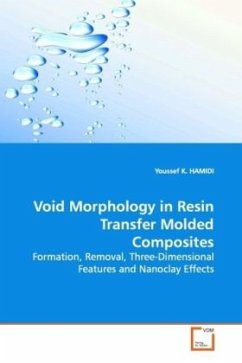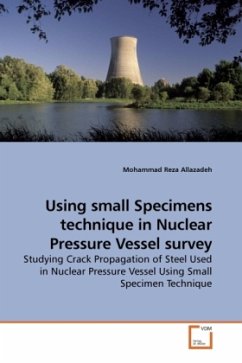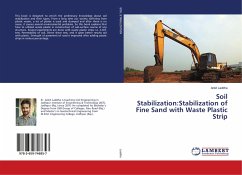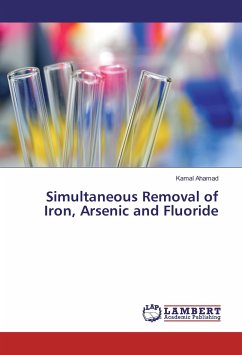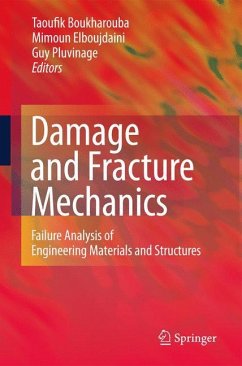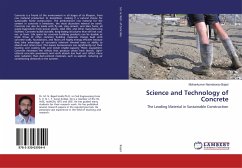
Void Distribution of Specimens of Ottawa Sand
Void Distribution of Ottawa Sand by Magnetic Resonance Imaging Technique
Versandkostenfrei!
Versandfertig in 6-10 Tagen
39,99 €
inkl. MwSt.

PAYBACK Punkte
20 °P sammeln!
The void distribution of specimens of Ottawa sand was quantified via Magnetic Resonance Imaging (MRI) technique. Two specimen reconstitution techniques, wet-tamping and air-pluviation, were used to generate the specimens. The specimen was prepared in a non-metallic triaxial cell. After fully saturated, the specimen with the cell was put inside a MRI device. Data was acquired at initial state and different stages of the conventional drained triaxial compression test. The acquired MRI data gives a direct measurement of the fluid phase in the voids, thus providing a complete picture of the local ...
The void distribution of specimens of Ottawa sand was quantified via Magnetic Resonance Imaging (MRI) technique. Two specimen reconstitution techniques, wet-tamping and air-pluviation, were used to generate the specimens. The specimen was prepared in a non-metallic triaxial cell. After fully saturated, the specimen with the cell was put inside a MRI device. Data was acquired at initial state and different stages of the conventional drained triaxial compression test. The acquired MRI data gives a direct measurement of the fluid phase in the voids, thus providing a complete picture of the local void distribution in saturated specimens. Programs written in Interactive Data Language (IDL) were used to implement the automated image processing and analysis from the collected MRI data. The initial uniformity and the evolution of voids during the drained triaxial compression test were investigated. The presented results provided a critical assessment of the specimen reconstitution techniques and a better understanding on the mechanisms of the localized deformation and failure of granular soils.



